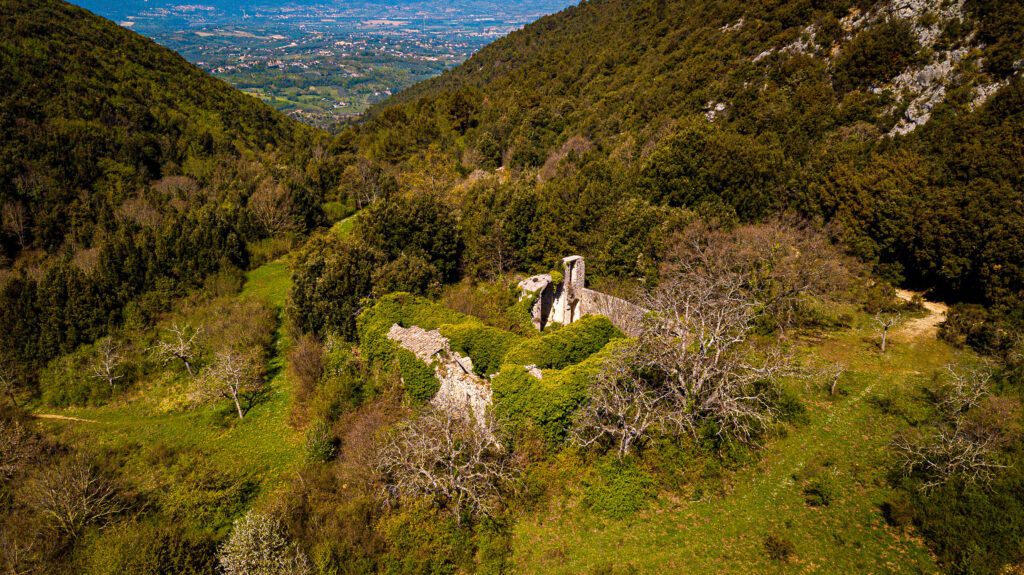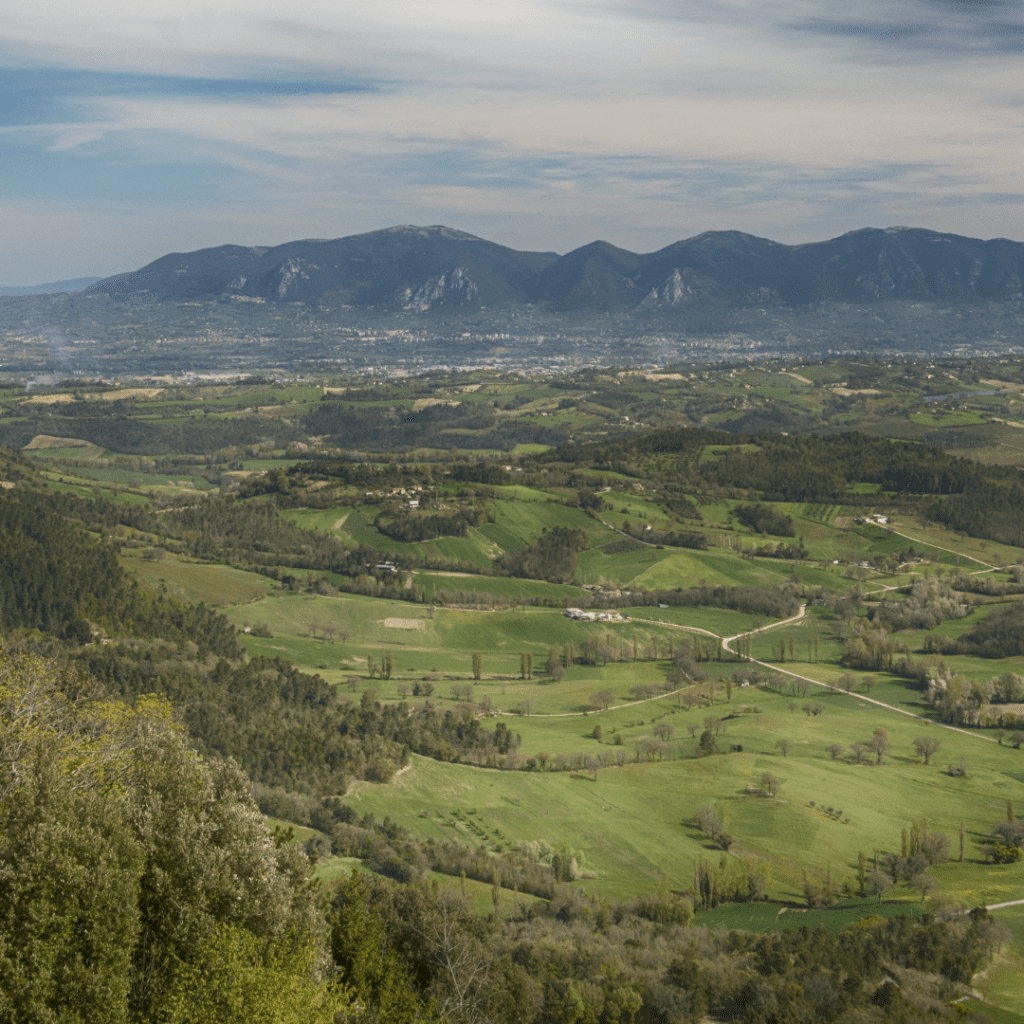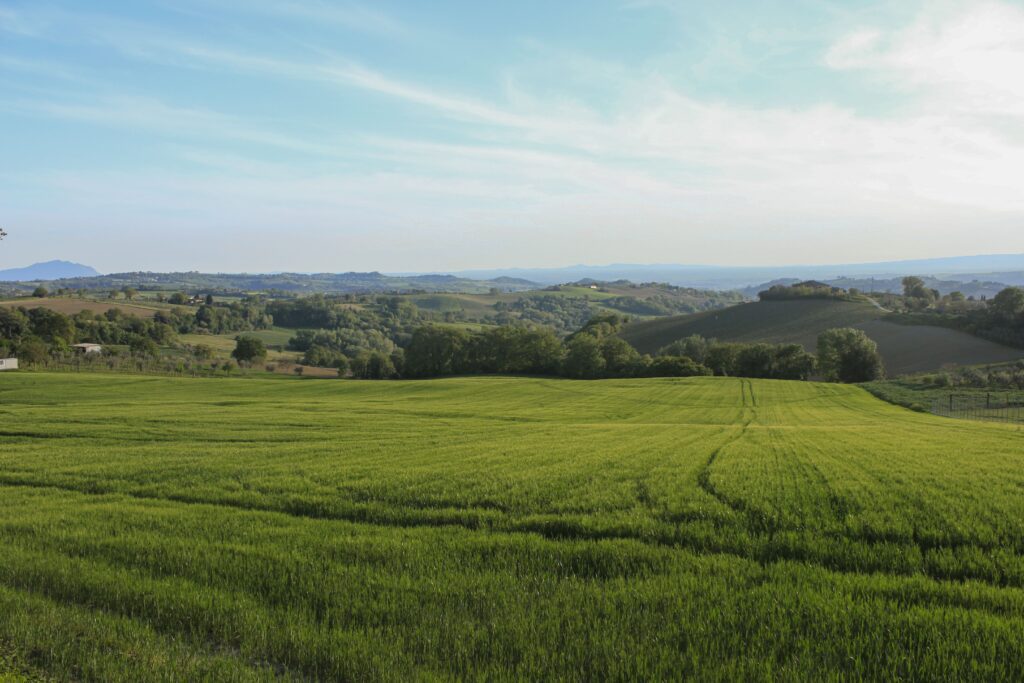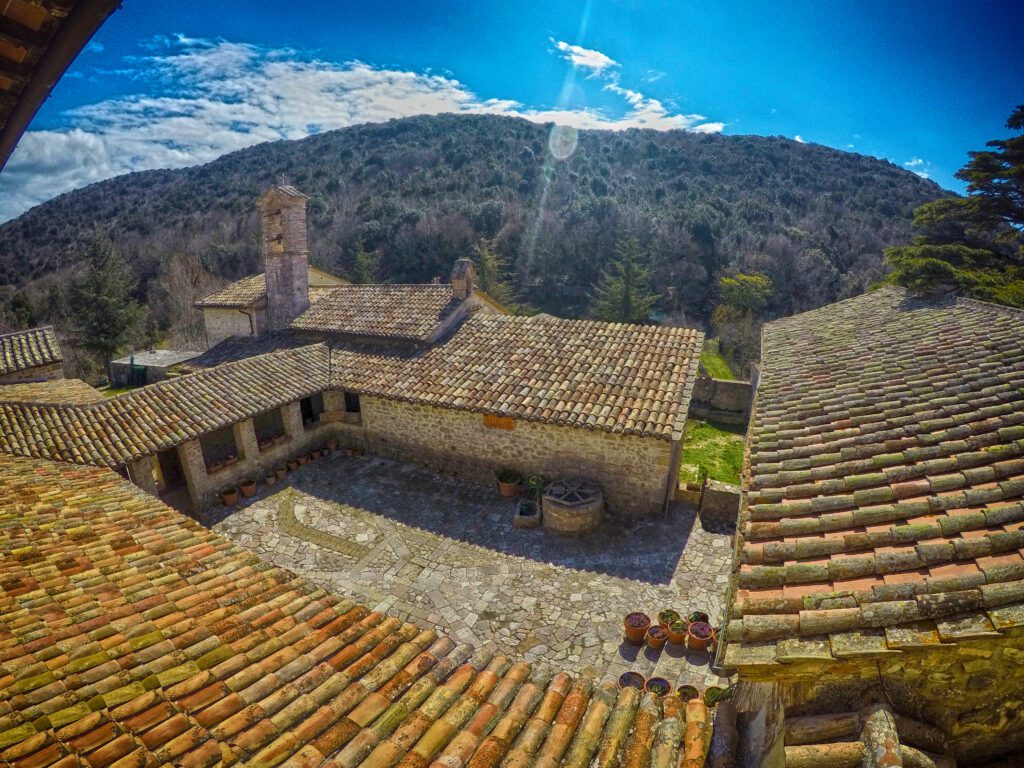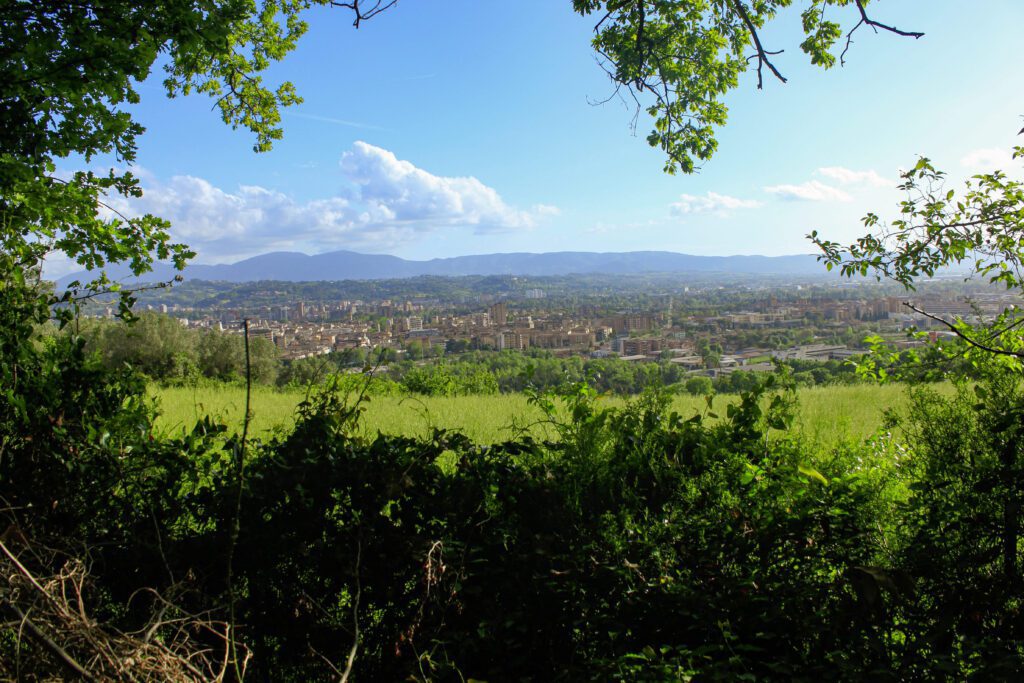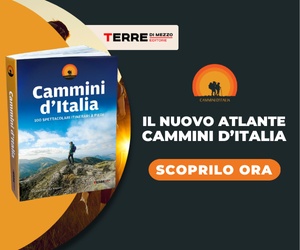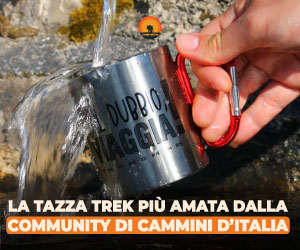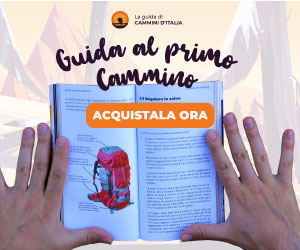

Cammino dei Protomartiri Francescani
Six STAGES among charming villages and towns to get to know the strip of Umbrian land that binds the territories of Terni, Narni, Stroncone
The Cammino dei Protomartiri Francescani winds in and around the edges of the Terni basin, touching with its six STAGES a series of charming villages and towns. This itinerary, linking together the towns that gave birth to the Holy Martyrs, offers the possibility of getting to know the strip of Umbrian land that binds the territories of Terni, Narni, Stroncone, Calvi dell'Umbria, San Gemini and retracing the paths that connect the urban centers, spectacles, hermitages, convents and naturalistic sites dear to St. Francis and his friars. The peculiarity of the route is its loop shape with departure and arrival from Terni.
HISTORY
The Cammino was born in 2010 when the Compagnia dei Romei di San Michele Arcangelo of Terni decided to create a pilgrimage path in the territory of southern Umbria in honor of its fellow martyred saints (Ottone da Stroncone, Accursio da Aguzzo, Berardo da Calvi, Adiuto da Narni and Pietro da San Gemini) when part of the relics of friars from Coimbra arrived in the church of St. Anthony of Padua in Terni, and that church became the Cammino dei Protomartiri Francescani. It was inaugurated in 2105.
The walk was designed and implemented by the Compagnia dei Romei with the support of the Province of Terni, the municipalities involved and the Region of Umbria through Sviluppumbria. I Saints Berard, Otto, Peter, Accursus and Adiutus, venerated as saints by the Catholic Church, are also called Franciscan Protomartyrs being the first martyrs of the Franciscan Order, killed in Morocco in Marrakesh on January 16, 1220.
Their remains are preserved in the Shrine of the Church of St. Anthony of Padua in Terni. Berardo subdeacon, Pietro, Ottone priests, and Adiuto and Accursio lay friars from places adjacent to the city of Terni, among the first to embrace the Minorite life, were the first missionaries sent by Francis of Assisi to the lands of the Saracens. From first they took themselves to Seville, Spain, where they began preaching the faith of Christ in mosques. They were badly beaten, taken prisoner and brought before Sultan Miramolino, later transferred to Morocco with orders to stop preaching in the name of Christ. Despite this ban they continued to preach the Gospel, for which they were again imprisoned and after being subjected to flogging several times, beheaded on January 16, 1220. Francis, upon announcing the killing of his friars exclaimed, ” Now I can say with confidence that I have five Friars Minor.“.
The bodies were transferred to Coimbra, Portugal, and St. Anthony of Padua reported that their martyrdom was the decisive impetus for him to enter the Order of Friars Minor in September 1220.They were canonized by Pope Sixtus IV, also a Franciscan, on August 7, 1481, with the bull Cum alias. Their witness was the seed of the Franciscan vocation of the Augustinian Fernando of Lisbon, who upon seeing the mangled bodies brought from Morocco to Coimbra became a friar minor, taking the name Anthony, the name by which he is venerated worldwide as the Saint of Padua.
WATER SOURCES.
WATER SOURCES ALONG THE WAY
Present in all countries. In the Convents and churches scattered along the route. Some sources are found on the second and third STAGE.
It would be perfect to have the coordinates as well, so we can put the icons with the water source on our app: we will work on it
SERVICES PRESENT STAGE BY STAGE
SERVICES PRESENT STAGE BY STAGE
Supermarkets: present in every town, many in Terni. Grocery stores also present, especially in the third STAGE.
Pharmacies: each town has its own pharmacy (Stroncone, Calvi dell’Umbria, Narni and San Gemini) in Terni there are numerous pharmacies.
Baggage transport: we have a cooperative and an NCC that make reservations for the service.
SIGNAGE
Signage present: arrows in accordance with CAI regulations with the logo and name of the path for vertical signage while for horizontal signage red-white-red flag with the logo of the path in the middle, in historic centers tiles with the symbol of the path in blue on a white background.
DANGERS
DANGERS
There are no particular hazards, pay attention to wildlife and in some sections to sheepdogs.
ROAD BOTTOM.
ROAD BOTTOM
The Cammino dei Protomartiri Francescani has only 20% asphalt.
CREDENTIALS
The Cammino dei Protomartiri Francescani holds the credential. It is issued free of charge (offer welcome).
Certificate of completion of pilgrimage issued by the Friars Minor of the Shrine in Terni
TENT WALK
The Cammino dei Protomartiri Francescani is not walkable in tents.
APP
In the process of being included within the Cammini d’Italia App.
PAPER GUIDE.
PAPER GUIDE.
There are two guides
- THE WAY OF THE FIRST FRANCESCANS published by Edizioni Terra Santa of Milan author Alessandro Corsi
- THE CAMMINO DEI PROTOMARTIRI FRANCESCANI published by Edicloeditore of Portogruaro (VE) author Fabrizio Ardito
STAGE 01
STAGE 01: Terni – Stroncone
Departure: from the Church of Santa Maria della Pace in Terni
Arrival: Convent of St. Francis in Stroncone
Length: 11 km
Elevation gain: +757
On the road in the Terni hills. Challenging STAGE because of the continuous ups and downs in the hills of Terni. The walk develops in the midst of nature. In the Church of Santa Maria della Pace one can admire the impressive pictorial cycle on the Franciscan Protomartyrs by the artist Stefano di Stasio. Along the way one can visit the remains of the ancient Benedictine Abbey of St. Benedict in Fundis and the Monastery of St. Simeon, where today there is the religious community of the Reconstructionists in Prayer. We reach Stroncone, birthplace of Sant’Ottone, one of the most beautiful medieval villages in Umbria. The STAGE ends at the 13th-century Convent of St. Francis.
STAGE 02
STAGE 02: Stroncone – Calvi dell’Umbria
Departure: Convent of San Francesco in Stroncone
Arrival: Church of Santa Maria Assunta in Calvi dell’Umbria
Length: 21 km
Elevation gain: +1054
STAGE that takes place in the midst of nature. Challenging route, in the first part, due to the presence of the continuous ups and downs among the hills and the strong ascent to the pass that leads to Calvi. Visit to Aguzzo, town of St. Accursio, Franciscan protomartyr. Along the way visit the Hermitage of Sant’Urbano (Sacro Speco) where St. Francis stayed. The place was renamed the “Cana of Umbria” from the miracle that saw water being turned into wine by the saint. The path ends in Calvi dell’Umbria, town of St. Berardo. A monumental terracotta nativity scene from the 16th century, unique in Umbria, is preserved here. The STAGE ends at the Church of Santa Maria Assunta.
STAGE 03
STAGE 03: Calvi dell’Umbria – Narni
Departure: Church of Santa Maria Assunta – Calvi dell’Umbria
Arrival: Church of San Francesco in Narni
Length: 29 km
Elevation gain: +940
Walking in the beautiful hills of Narnia. Hill walk made difficult both because of the length, it is the longest STAGE of the entire Camino, and because of the many ups and downs among the hills. This is the richest stage of the entire Camino in terms of places to visit. It begins with the Church of St. Michael Archangel ancient Benedictine abbey in Schifanoia and then continues with Santa Pudenziana church of Roman origin and Castel Sant’Angelo in Massa originally a Benedictine abbey and ends with the imposing Albornoz Fortress. Narni land of Sant’Adiuto, is a medieval city with a very rich historical, artistic and cultural heritage; known for its stupendous cathedral and famous for the Corsa all’Anello. The STAGE ends at the Church of San Francesco, which dates back to the 13th century.
STAGE 04
STAGE 04: Narni – San Gemini
Departure: Church of San Francesco in Narni
Arrival: Church of San Francesco in San Gemini
Length: 20 km
Elevation gain: +731
Walking in the countryside between Narni and San Gemini. Along the route we meet, in sequence, the marvelous 10th-century Abbey of San Cassiano (here time seems to stand still!), the ancient Sanctuary of the Madonna del Ponte, a place frequented by pilgrims since ancient times, and, in the locality of la Cerqua, the Sanctuary of Santa Maria della Quercia. Finally, the path reaches San Gemini, a charming medieval village rich in history that gave birth to St. Peter, Franciscan protomartyr. The STAGE ends at the Church of San Francesco.
STAGE 05
STAGE 05: San Gemini – Cesi
Departure: Church of St. Francis in San Gemini
Arrival: Church of St. Mary of the Assumption in Cesi
Length: 12.5 km
Elevation gain: +654
On the Camino in history, nature and out of time. Challenging route because of the steep ascent to the Hermitage of Portaria (800 meters), also known as the Romita di Cesi, and the subsequent descent to Cesi. Along the way you visit the beautiful archaeological site of Carsulae (ancient Roman city). We reach the Romita di Cesi, an ancient Franciscan hermitage nestled in the silence of the woods. The convent was founded in 1213 by St. Francis, who used to retire here in prayer. Tradition has it that here Francis composed the Exhortatio ad Laudem Dei, considered an early draft for the Canticle of Brother Sun. Possibility of reception. The walk reaches Cesi, a village rich in history that overlooks the Terni basin. The STAGE ends at the Church of Santa Maria Assunta.
STAGE 06
STAGE 06: Cesi – Terni
Departure: Church of St. Mary of the Assumption in Cesi
Arrival: Shrine of the Franciscan Protomartyrs in Terni
Length: 12.5 km
Elevation gain: +192
On the Way to the destination “the Sanctuary.” Along the way we visit the Sanctuary of Santa Maria dell’Oro, where stood the ancient Franciscan convent built at the behest of St. Bernardine of Siena. Arrival at the Church of St. Anthony of Padua – Sanctuary Antoniano dei Protomartiri – destination of the pilgrimage inside of which are the relics of the saints; canvases by Piero Casentini adorn the church altar.
